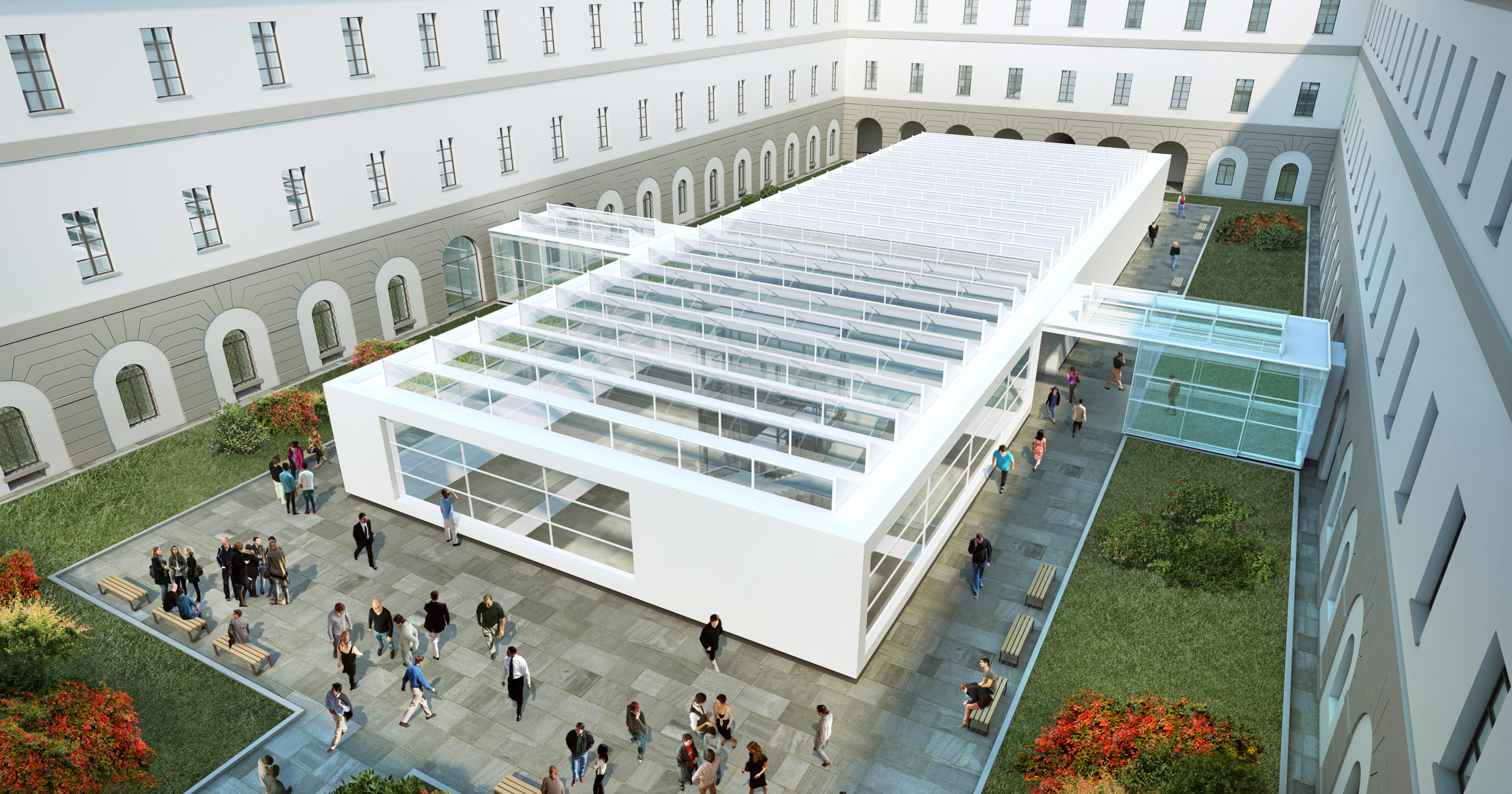The latest edition of “Architizer: The World’s Best Architecture” — a stunning, hardbound book celebrating the most inspiring contemporary architecture from around the globe — is now available. Order your copy today.
Traveling is an exhilarating endeavor. Whether it be by bus, train or air, successful travel requires stamina, organization and the ability to adapt. When traveling by plane, the initial leg of the journey often causes stress. From document checks to security lines, the entire airport process can feel arduous; however, when you touch down at your destination, the exhausting journey begins to feel worthwhile.
With the added complexities of the pandemic, flying feels more like a burden than it does a favorable experience. The excitement to board a plane is replaced by a fierce worry that something will go wrong. Today, passengers are greeted with long lines, rigorous document controls and a heightened stressful atmosphere. It is hard to predict when the return to normalcy will be — or if that will ever happen — but what is certain is that stress goes hand-in-hand with travel. Will the pandemic change the ways in which architects design transport interiors? Can architecture act as a mediator between stress and calm? Can it facilitate relaxed movement while not compromising practical requirements?
The check-in and administrative side of air travel are likely not to change, and airport security checks will likely remain long and unfavorable; however, once headed to the gate, the energy in the airport can shift. The second leg of the journey can be more relaxing, and architects can have a hand in that.
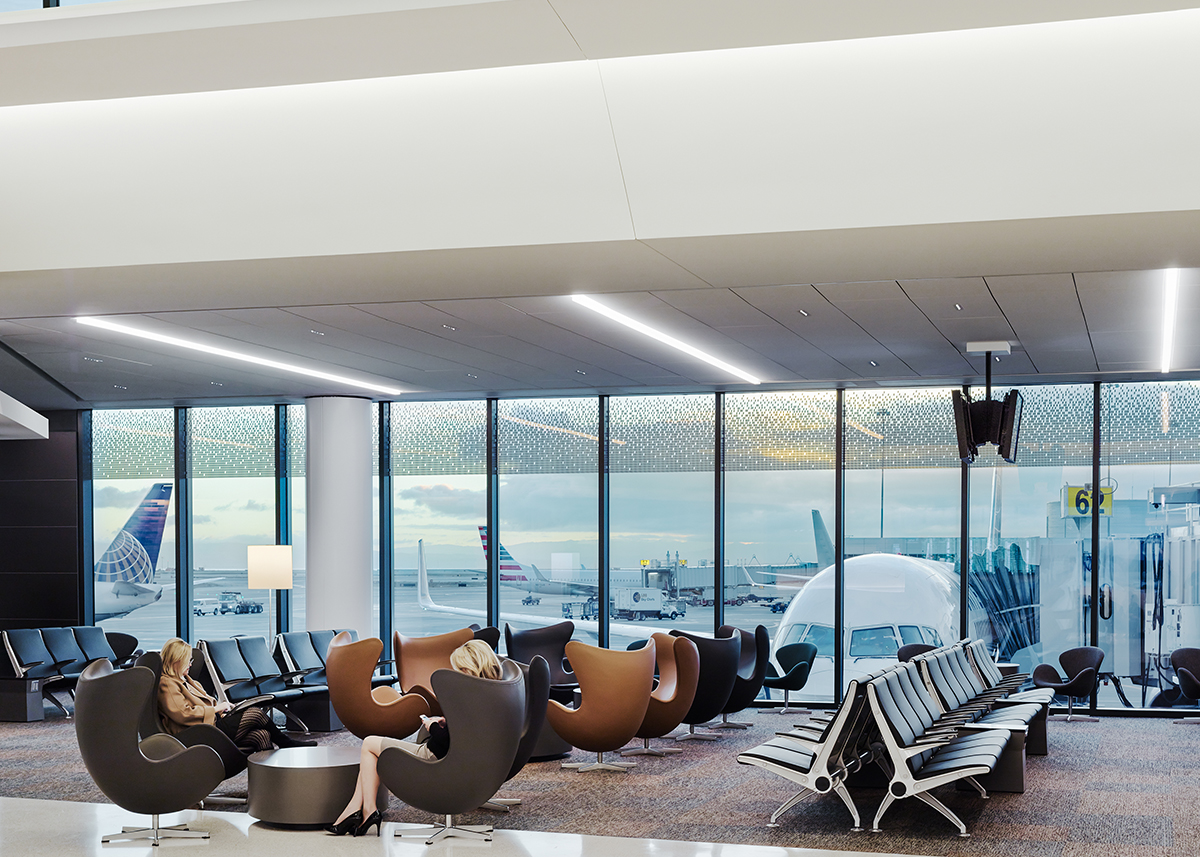
San Francisco International Airport, Boarding Area E by Gensler, San Francisco, CA, United States. Popular Winner, 2015 A+Awards, Transportation – Airports. © Joe Fletcher Photography
One way to help alleviate travel-related anxiety is through access to outlets. As society turns to digital solutions, passengers are required to arrive at the airport with their documents ready to go and as a result, many rely on their personal electronics to store travel documents. From boarding passes, immunization proof, to test results, electronic devices have become essential for air travel – especially during the COVID-19 pandemic. Most airports were built before the digital era and as a result, are only equipped with a mere number of accessible outlets. Airports travel will likely continue within this digital realm and aviation architects are beginning to catch on and ensure their designs are fitting of the times.
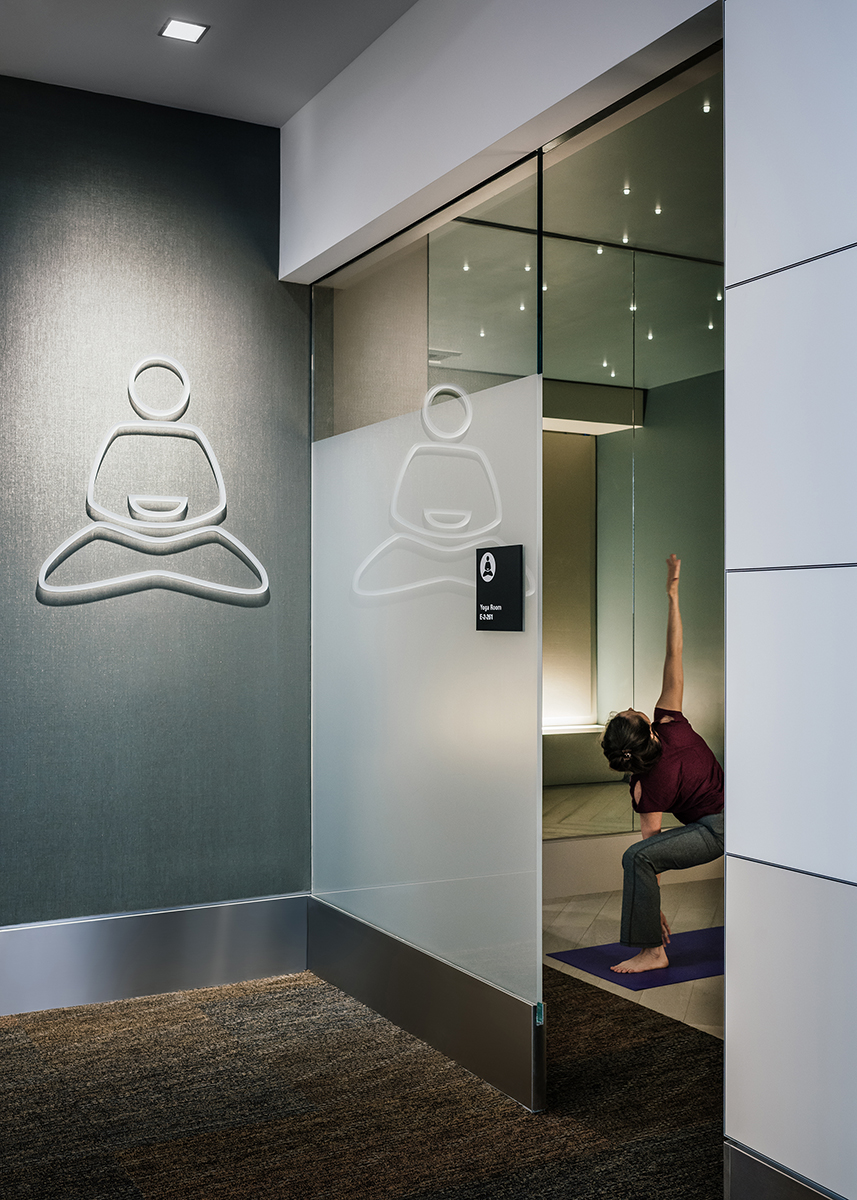
San Francisco International Airport, Boarding Area E by Gensler, San Francisco, CA, United States. Popular Winner, 2015 A+Awards, Transportation – Airports. © Joe Fletcher Photography
While aviation architecture continues to evolve, some designs were ahead of their time. Take San Francisco International Airport, Boarding Area E renovation for example. Back in 2014 design team, Gensler was commissioned to transform the airport’s Boarding Area E into a travel oasis — and they did just that. The design features passenger spaces that are not typically found in most airports. From private dressing rooms to yoga centers, this airport terminal truly encourages its passengers to unwind and take a moment for themselves.
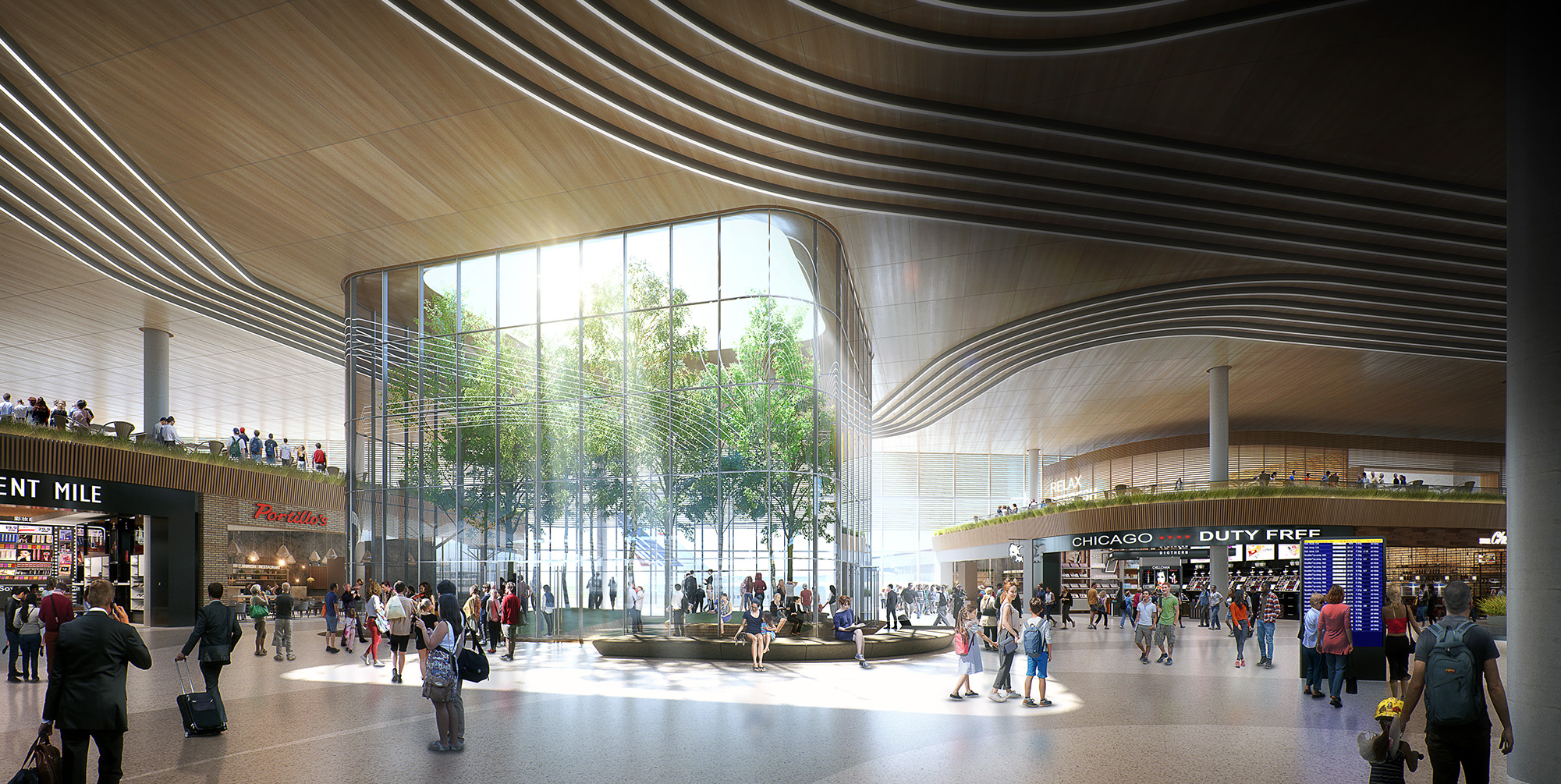
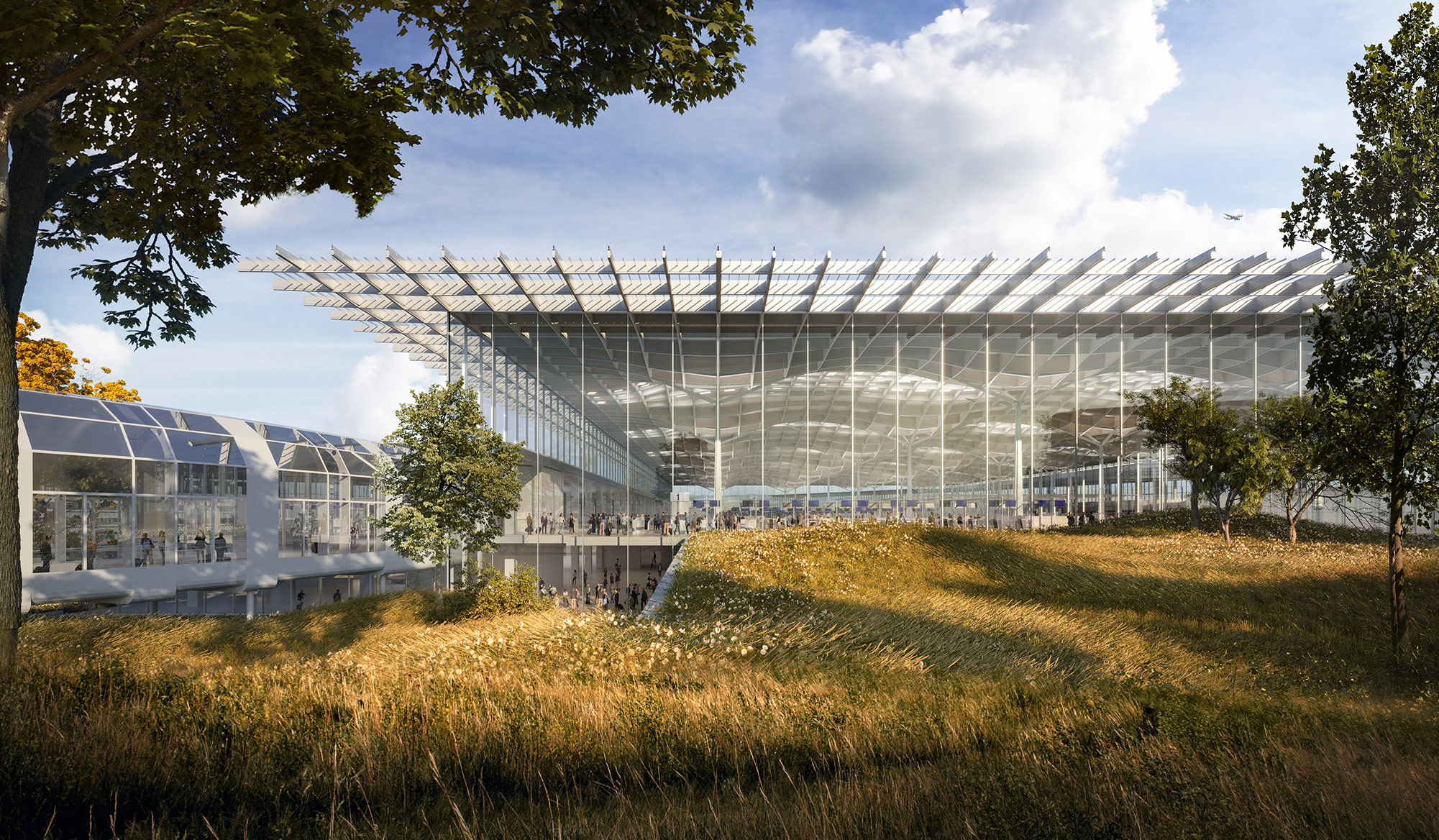
O’Hare Global Terminal by Skidmore, Owings & Merrill (SOM), Concept.
Meanwhile, the recently conceptualized Chicago O’Hare Global Terminal design revives the city’s spirit while prioritizing the passenger’s experience. In a collaborative effort by SOM, Ross Barney Architects and Arup, the team designed a terminal that incorporates atypical airport spaces: the outdoors. The gate’s dining, shopping and entertainment options reflect Chicago’s dynamic art and culinary scene. Meanwhile, passengers can unwind inside or outdoors. An open-to-the-sky concourse garden offers guests a chance to connect with the outdoors before boarding their plane. Surrounded by trees and hammocks, this atypical use of the outdoors facilitates relaxation by offering passengers a chance to breathe after making it past the stressful check-in and security lines.
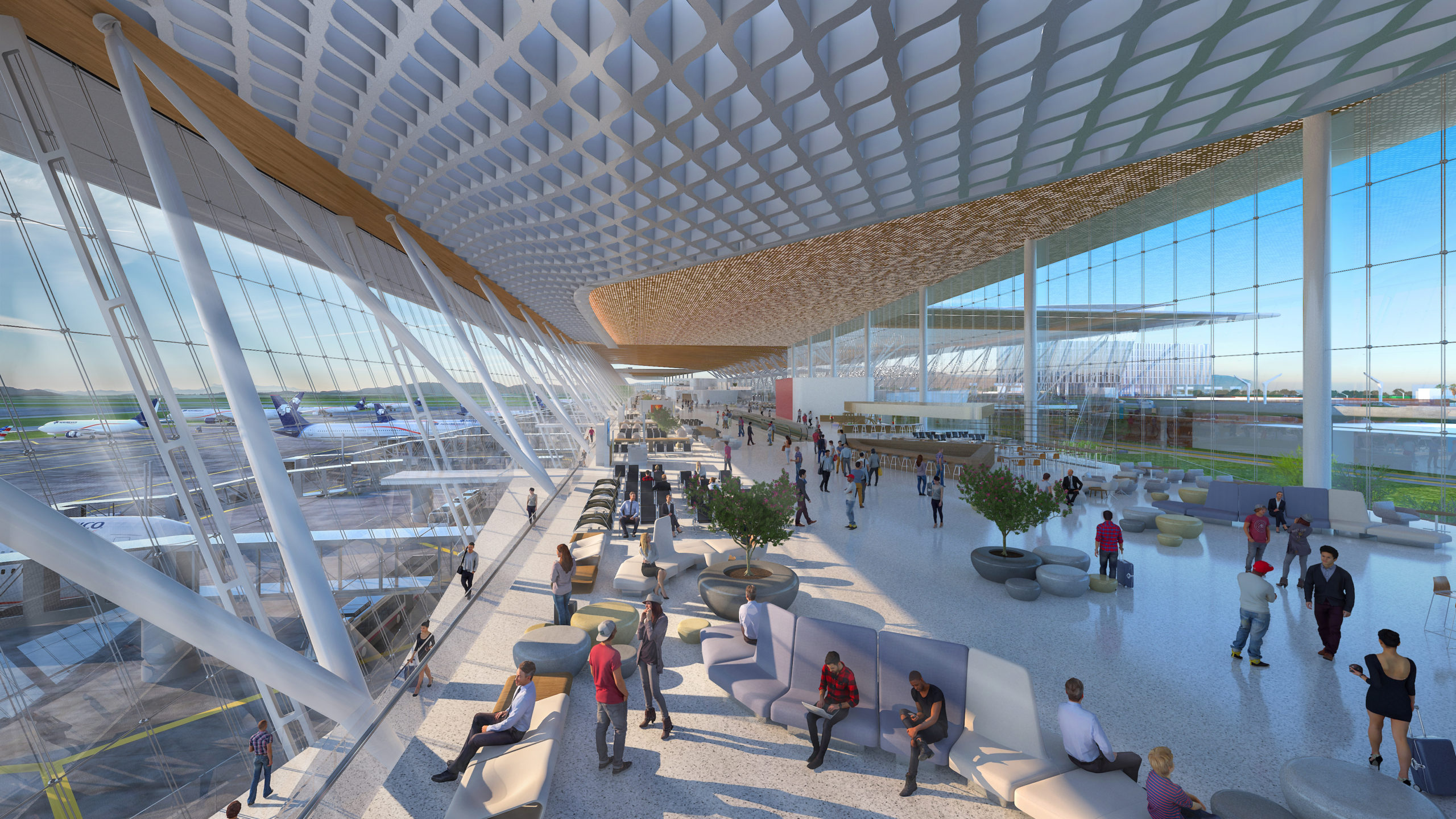
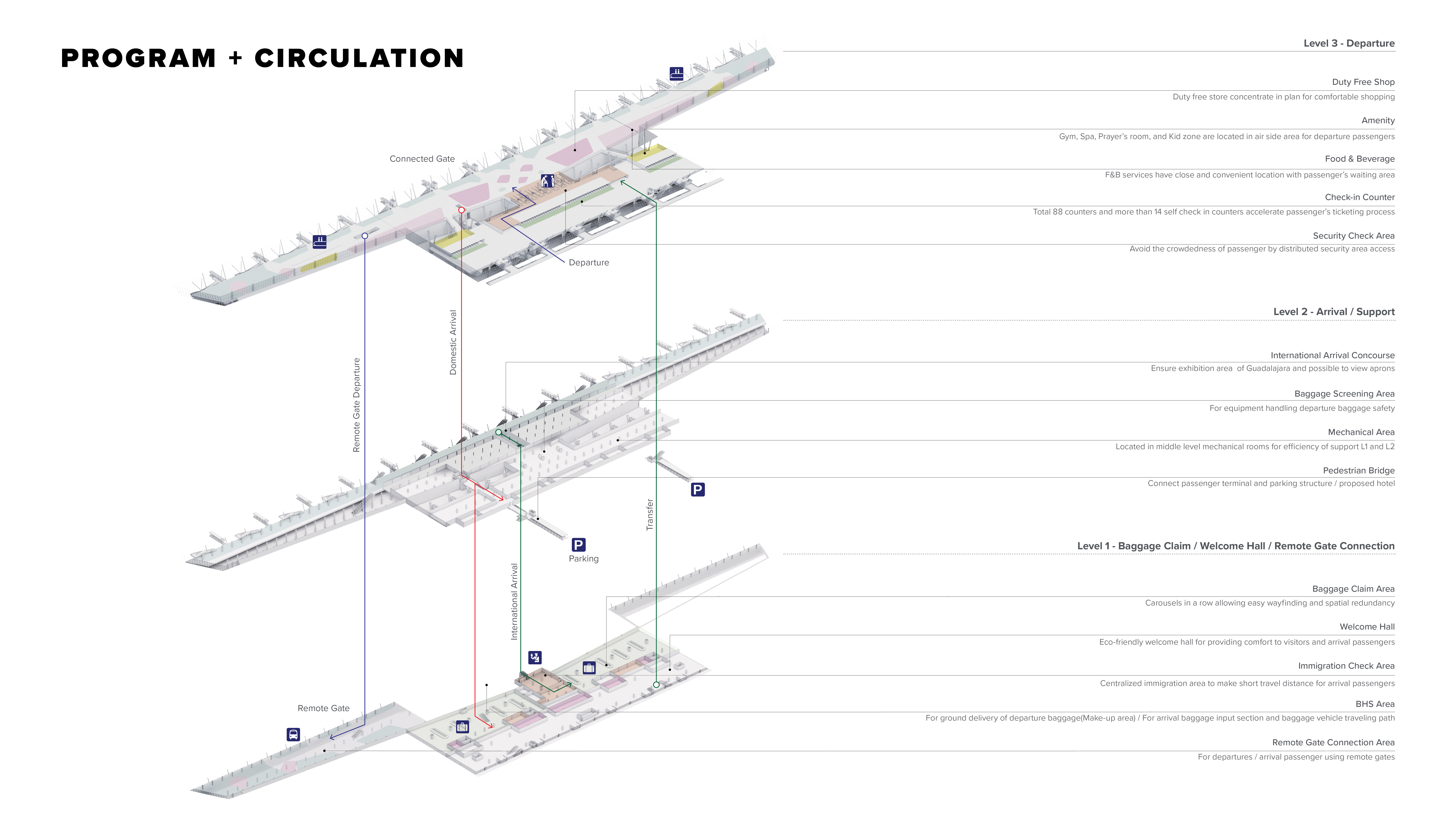
Guadalajara International Airport, Terminal 2 Concept by CallisonRTKL. Finalist, 2021 A+Awards, Transportation – Unbuilt Transportation
The Guadalajara International Airport Terminal 2 design concept equally promotes passenger experience. Conceptualized by CallisonRTKL, this design enhances the local Mexican culture and cuisine. Interior gardens, comfortable waiting lounges, pet care centers and family facilities – this airport was conceptualized to cover any and all possible passenger requests. The arts are also celebrated in this design. Virtual art galleries and live performance spaces house local dancers and offer passengers a chance to unwind through visuals displays.
Most airports were built before the digital era and prior to the COVID-19 pandemic. Upgrading and renovating old terminals and airport spaces is a massive undertaking and costs a pretty penny. But the pandemic has offered a moment to pause, and as large-scale projects start up once again, we see a shift in aviation architecture practices and a newfound prioritization towards enhancing the passenger experience. Ultimately, such shifts in design practices will help mitigate travel-related stresses and encourage passengers to relax whilst waiting to board.
The latest edition of “Architizer: The World’s Best Architecture” — a stunning, hardbound book celebrating the most inspiring contemporary architecture from around the globe — is now available. Order your copy today.
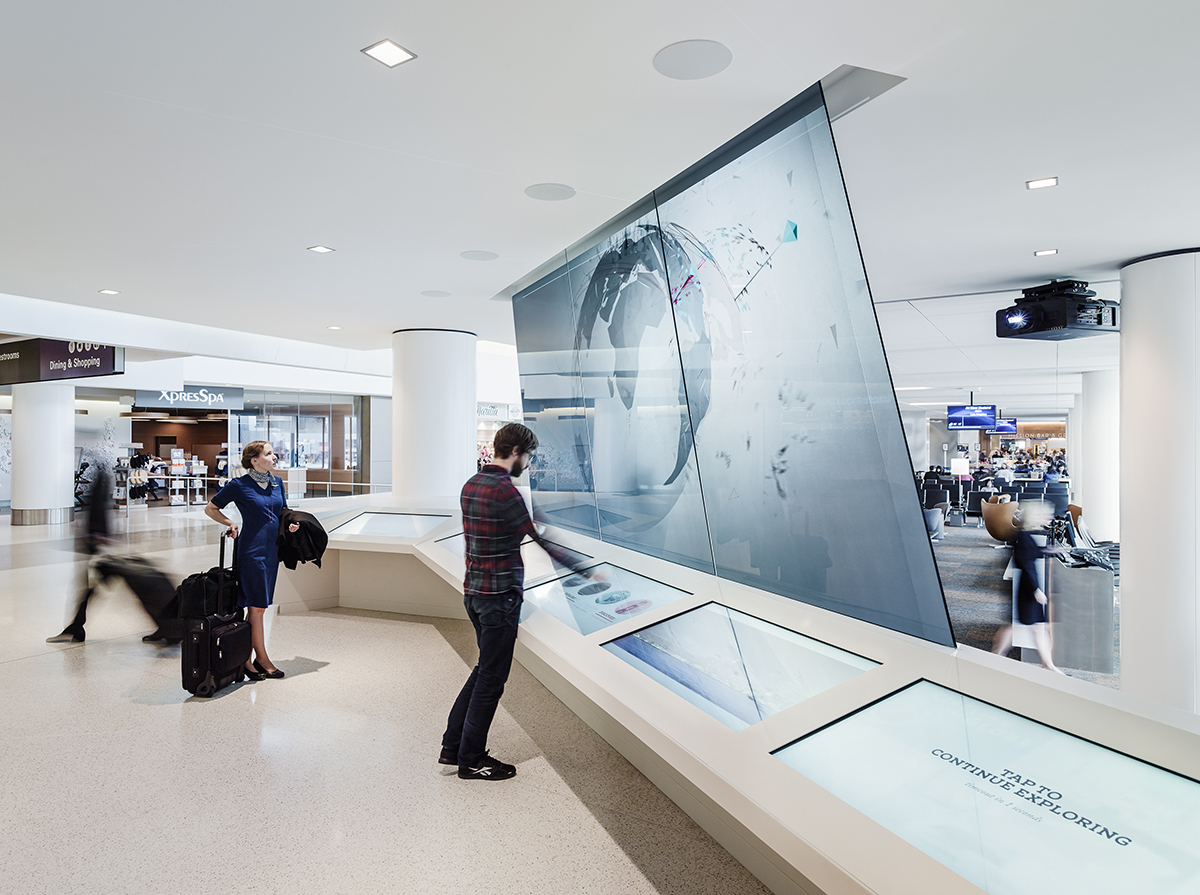





 O'Hare Global Terminal
O'Hare Global Terminal  San Francisco International Airport, Boarding Area E
San Francisco International Airport, Boarding Area E 